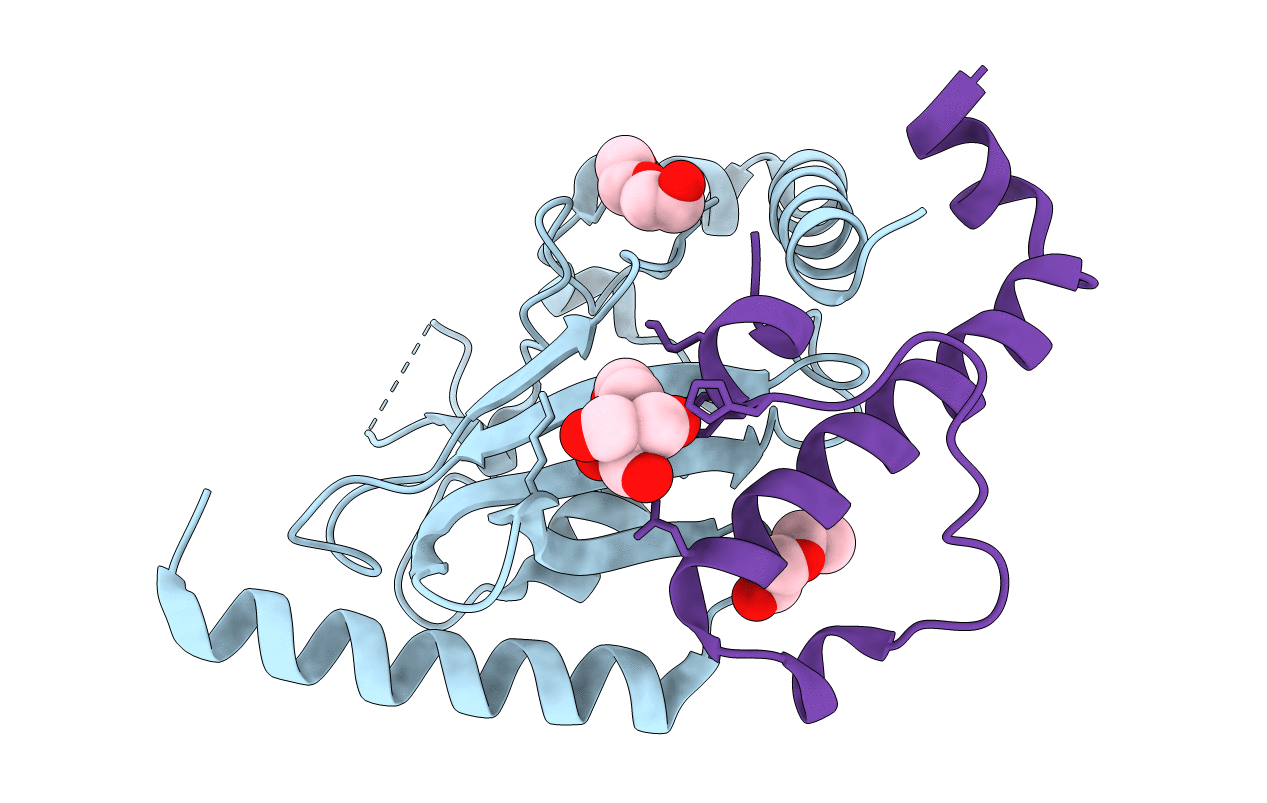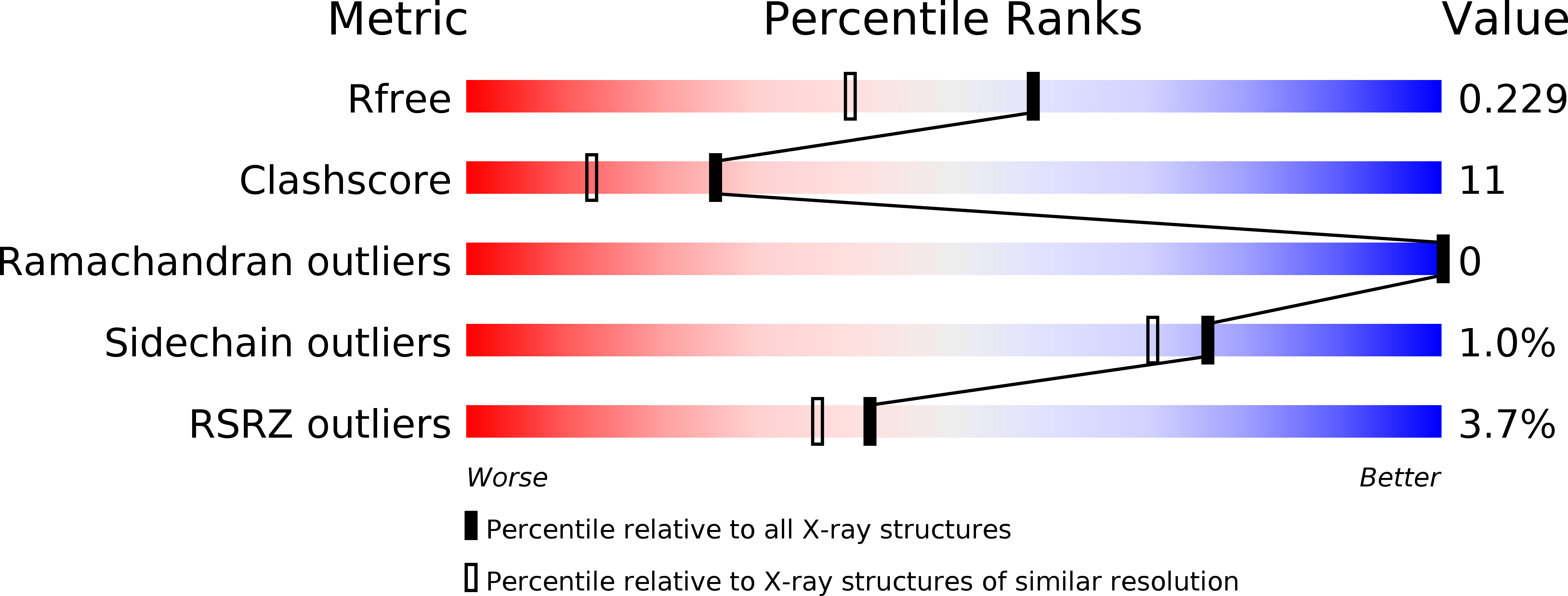
Deposition Date
2013-03-20
Release Date
2013-05-29
Last Version Date
2023-09-20
Entry Detail
PDB ID:
4JQU
Keywords:
Title:
Crystal structure of Ubc7p in complex with the U7BR of Cue1p
Biological Source:
Source Organism:
Saccharomyces cerevisiae (Taxon ID: 559292)
Host Organism:
Method Details:
Experimental Method:
Resolution:
1.81 Å
R-Value Free:
0.22
R-Value Work:
0.18
R-Value Observed:
0.18
Space Group:
P 21 21 21


